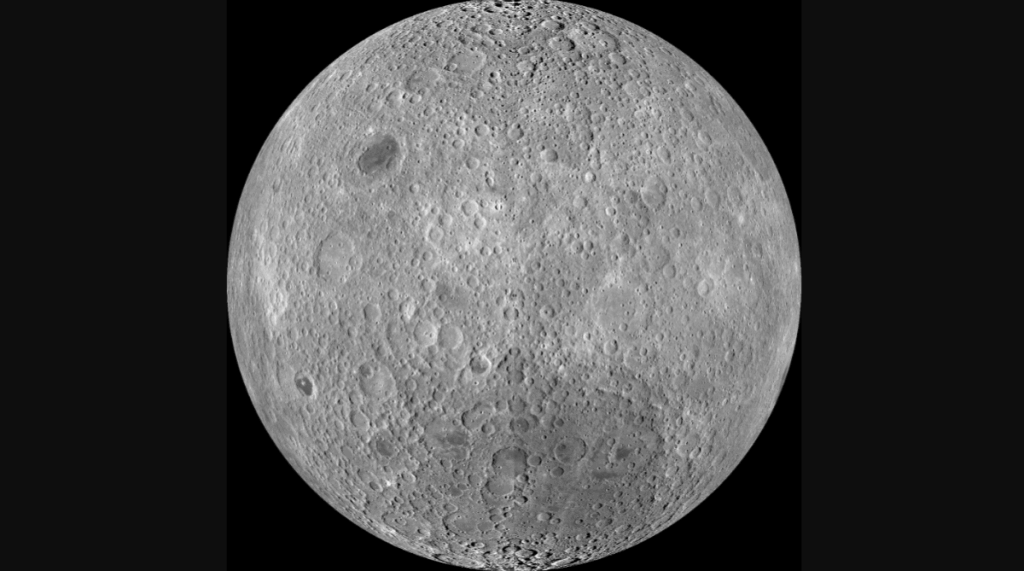China will attempt to collect the first samples from the far side of the moon next year with its Chang’e 6 mission.
The complex, four-spacecraft mission will launch on a Long March 5 rocket from Wenchang in May 2024, according to Wu Yanhua, chief designer of China’s Deep Space Exploration Major Project, speaking at a deep-space exploration conference on April 25 in the Chinese city of Hefei.
Wu said the Chang’e 7 and 8 missions would follow in 2026 and 2028, respectively, according (opens in new tab) to Chinese state media CGTN.
Related: The latest news about China’s space program
The 53-day-long Chang’e 6 mission will seek to touch down and collect up to 4.4 pounds (2 kilograms) of lunar materials using a scoop and a drill.
The primary target landing site is reported (opens in new tab) to be around 43 degrees south latitude and 154 degrees west longitude on the far side of the moon, corresponding to a southern area of a huge impact crater known as Apollo basin.
Apollo basin lies within the vast South Pole-Aitken (SPA) basin, a colossal, ancient impact crater roughly 1,550 miles (2,500 kilometers) in diameter that covers almost a quarter of the moon’s far side. The SPA basin impact is widely thought to have excavated material from below the lunar crust and could therefore hold vital clues about the history of the moon and the development of the solar system.
China conducted its first lunar sample return in 2020 with the Chang’e 5 mission, which also marked the first time in more than 40 years that samples had been collected from the moon.
That mission — which included launching an ascent vehicle from atop the mission lander on the moon and a service module to shuttle a re-entry capsule containing samples back to Earth — targeted the moon’s near side, in Oceanus Procellarum.
Chang’e 6 will be even more challenging. As the far side of the moon never faces Earth and cannot be seen directly, China will first send out a satellite named Queqiao 2 to relay communications between Chang’e 6 and teams back on Earth.
Follow us @Spacedotcom (opens in new tab), or on Facebook (opens in new tab) and Instagram (opens in new tab).

